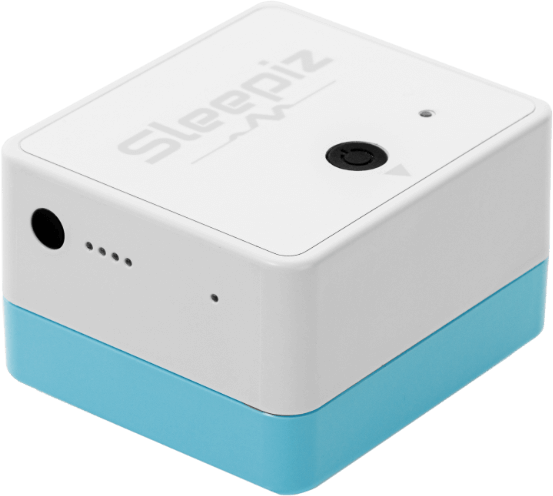Healthcare sector has a significant carbon footprint
Did you know that the healthcare sector contributes to 4.4% of global net emissions? The climate footprint of Swiss healthcare alone is 8 Mt CO2e – 6.7% of the national footprint – equivalent to almost 1.7 million passenger vehicles driven for one year.

“If the global healthcare sector were a country, it would be the 5th largest greenhouse gas emitter on the planet.”
– 2019 Report on Healthcare´s Climate Footprint
30x lower emissions per night
How does monitoring with Sleepiz reduce CO2 emissions compared to existing solutions?
Carbon emissions within healthcare can stem from different activities, including supply chain through the production, transport, and disposal of goods and services such as medical equipment and consumables, transport of patients and staff, and energy consumption in facilities and laboratories.
Consider the example of respiratory diseases like Sleep Apnea or COPD – a patient journey typically involves multiple physical trips to a physician and a sleep lab, e.g., for consultations, setting-up appointments, referrals, and to undergo diagnosis tests (polysomnography/spirometry) either in a hospital, a sleep lab, or using a home-based test kit. Moreover, each test entails use and wastage of medical consumables, such as nose clips, mouthpieces, filters, and other disposables. In the case of positively diagnosed cases, depending upon the severity, this cycle repeats several times as therapy control can take anywhere from a few months to several years.
Sleepiz’s innovative diagnostic and monitoring as-a-service model significantly reduces transport-associated emissions and wastage of medical disposables. With several thousands of nights of sleep monitoring, it is estimated that we have reduced more than 215 Tons of CO2e emissions already2 . With help of radar based contactless technology, Sleepiz AI-based analytics, and telemedicine, our remote patient-centric solution is paving a vital path toward smart and sustainable healthcare.
How much is the overall reduction potential?
The potential to reduce carbon emissions is immense given the wide prevalence of common respiratory diseases among the worldwide population, such as Apnea (1 billion) and COPD (300 million). The tens of millions of diagnostic tests that are carried out every year alone have an emission reduction potential of more than 72’000 T CO2e per year.
Chronic Obstructive Pulmonary Disease (COPD) affects around 384 million people globally and is the world’s third leading cause of death. Most COPD hospitalizations and deaths can be attributed to inadequacies in disease management which lead to frequent and uncontrolled worsening (called: exacerbation). More than 29 million exacerbations occur every year in moderate or severely diagnosed COPD patients leading to an estimated 262 million hospital days per year. The resulting climate footprint is one of the highest – each hospital day entails emissions associated with the overall delivery of health services.
Sleepiz’s solution has the potential to play a very important role in COPD disease management and monitoring and reduce hospitalizations days through early detection of exacerbations. With an estimated prevention of 128 million hospital days per year, there exists a huge potential to reduce 11.68 MT of CO2e emissions and 0.19 MT of plastic waste.
--- GLOBAL ---
Sleepiz AG
Hornbachstrasse 23
8008 Zurich
Switzerland
www.sleepiz.com
--- USA ---
Contact
--- GLOBAL ---
--- USA ---
We are available Monday to Friday from 9:00 AM to 5:00 PM (CST).




